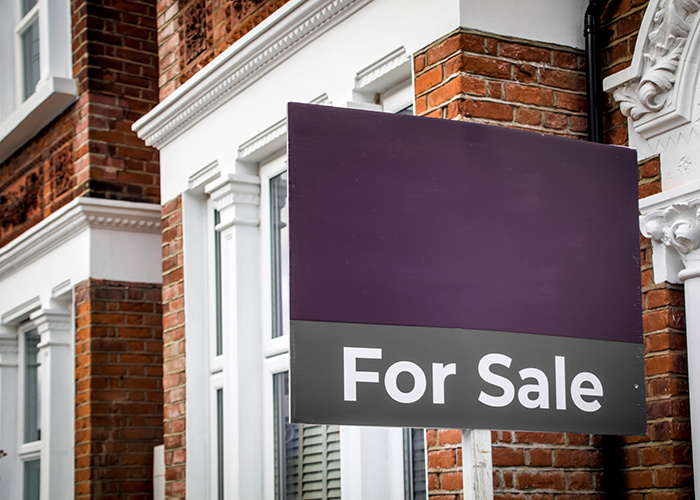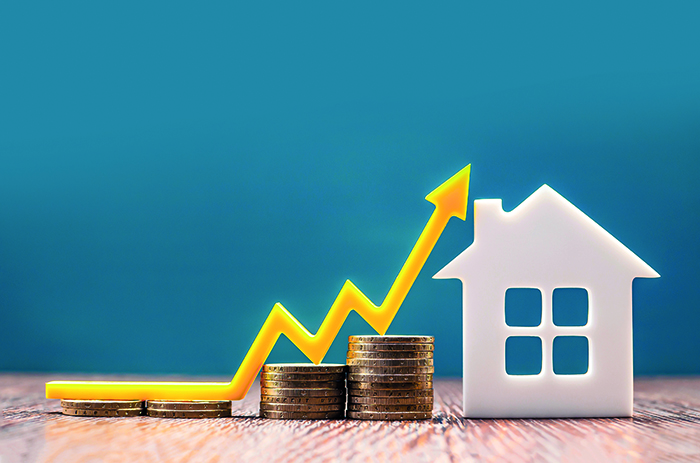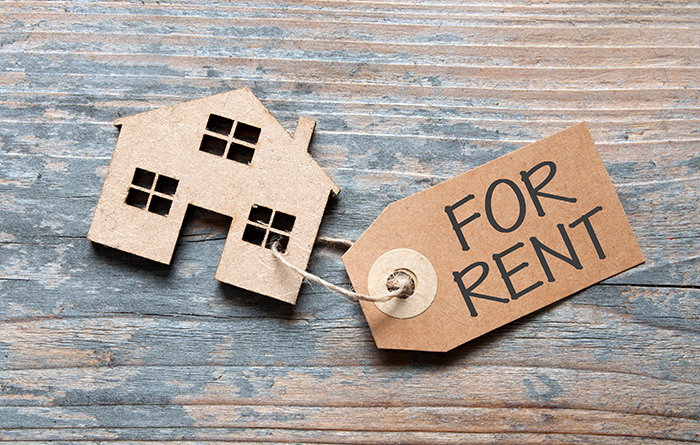
Average UK house prices increased by 3.7%, to £269,000, in the year to end of June 2025, with this annual growth rate up from 2.7%, in the 12 months to May 2025.
These figures come from the latest Office for National Statistics (ONS) UK House Price Index which measures house price inflation.
On a country-by-country basis, the ONS data also reveals that average house prices increased to £291,000 (3.3%) in England, £210,000 (2.6%) in Wales, and £192,000 (5.9%) in Scotland, in the 12 months to June 2025.
Commenting on the latest figures, Quilter financial planner Thomas Lambert said: “The headline figure (£269,000) sits against a market still struggling with affordability. Mortgage rates have eased from the highs, but typical fixes remain around the 4% mark, which keeps monthly payments far above the levels buyers grew used to in the 2010s.
“This morning’s inflation print ticked up again, which makes the path to lower interest rates longer and reinforces the affordability squeeze. On top of that, housing supply remains thin which keeps choice limited for buyers and keeps prices sticky.
Lambert pointed out that policy noise was adding further uncertainty. Reports this week suggested the Treasury was considering taxing gains on primary residences above a high threshold or introducing new levies on expensive homes.
“If these rumours do materialise at the Autumn Budget brings, transactions could seize up through the winter as sellers consider sitting on their hands hoping that another government might reverse the changes. That would risk even tighter supply and, paradoxically, could push prices higher by intensifying competition, compounding problems for first-time buyers.”
On the Market president Jason Tebb said the market continued to demonstrate resilience, assisted by five interest rate reductions in the past year.
“These cuts, with the suggestion of more to come, have boosted buyer and seller confidence, increasing activity in the market and benefiting the wider economy. However, with inflation rising again to 3.8% in July, its highest level in a year and a half, this may persuade the Bank to press the pause button for now with regard to further reductions.”
Shawbrook commercial director for retail mortgages Steve Griffiths said property prices had continued on a modest but upward trajectory according to the latest HPI data.
“Whilst this is broadly in line with seasonal trends, interest rates falling to 4.25% in May have helped boost home buyer confidence in the market and offset a sharp decline in activity post stamp duty deadline coming into effect.
He added: “Looking towards H2, there are positive signs that the market will continue to be resilient, especially in the face of wider economic concerns. The interest rate is now at the lowest point it’s been in two years, and mortgage lenders are cutting their rates to follow suit.”
Former Rics residential chairman and estate agent Jeremy Leaf said there had another set of housing market data which confirmed buyer and seller resilience as well as a determination to keep transactions alive and negotiate hard on price.
“That confidence has been supported by rising wages and easing affordability pressures, although not too much reliance should be placed on these numbers as they are a little dated but are the most comprehensive of all as include mortgaged and cash transactions.”
However, he added that the looming, almost inevitable tax rises on the horizon and increasing concerns about higher-than-expected inflation were likely to limit the depth and frequency of future interest rate cuts, which would have given a further boost to activity.



